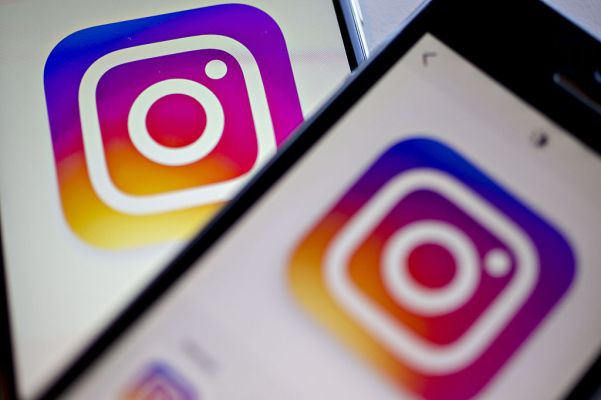Businesses based in the United States that use Bigcommerce now have access to Instagram’s shoppable posts, the e-commerce platform announced today. This is one of the latest steps in Instagram’s gradual roll out of the feature, which began testing last November.
Merchants who use Instagram shoppable posts will also have access to analytics from the photo-sharing service, including how many people viewed product information or clicked through to its product page. Bigcommerce says it currently serves about 50,000 small to medium-sized businesses, 2,000 mid-market sized businesses and more than 25 Fortune 1000 companies.
Clickable links aren’t allowed in post captions, so shoppable tags are the quickest way for e-commerce retailers to get Instagram users into their stores. Before Instagram launched its shoppable posts feature, e-commerce sellers turned to services such as Curalate’s Like2Buy to link their Instagram posts and online stores. Integrations like the one between Instagram and Bigcommerce (and whatever other commerce platforms Instagram works with), however, puts pressure on third-party providers by letting brands manage everything from one platform.
TechCrunch has contacted Instagram to ask if and when it will make shoppable posts available to users of other e-commerce platforms.
Instagram, which has 800 million monthly active users, began testing shoppable tags last November, making it available to 20 U.S.-based retail brands, including Kate Spade, JackThreads and Warby Parker. Instead of taking a cut of the purchase amount, Instagram plans to monetize the feature by letting business accounts pay to display their shoppable photos in the feeds of users who don’t follow them already.
The company announced last week that it now has two million advertisers, double from one million in March, and shoppable tags can provide extra incentive for businesses to spend money on sponsored posts.It also means people spend more time in Instagram, since they don’t have to leave the app to view product information or go to its product page in an online store.
While Facebook, which owns Instagram, hasn’t divulged how much money the photo-sharing app makes from advertising, it’s seen as a major potential generator of revenue. The success of Instagram’s advertising program so far is enough to justify the $1 billion Facebook paid to acquire it in 2012, even though Instagram made no revenue at the time.
Bigcommerce’s integration with Instagram is currently available only to U.S.-based merchants who run an active Facebook Shop and sell in U.S. currency, due to Instagram’s requirements. A company spokesperson said it has no information to share on when it will be available internationally (about 80 percent of Instagram users are outside the U.S.).
